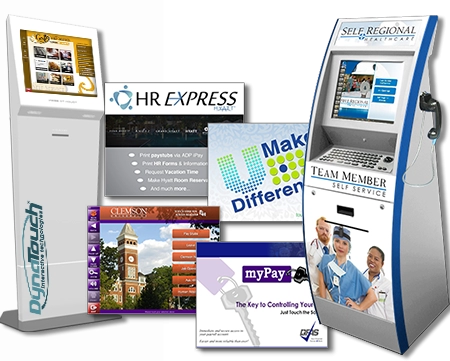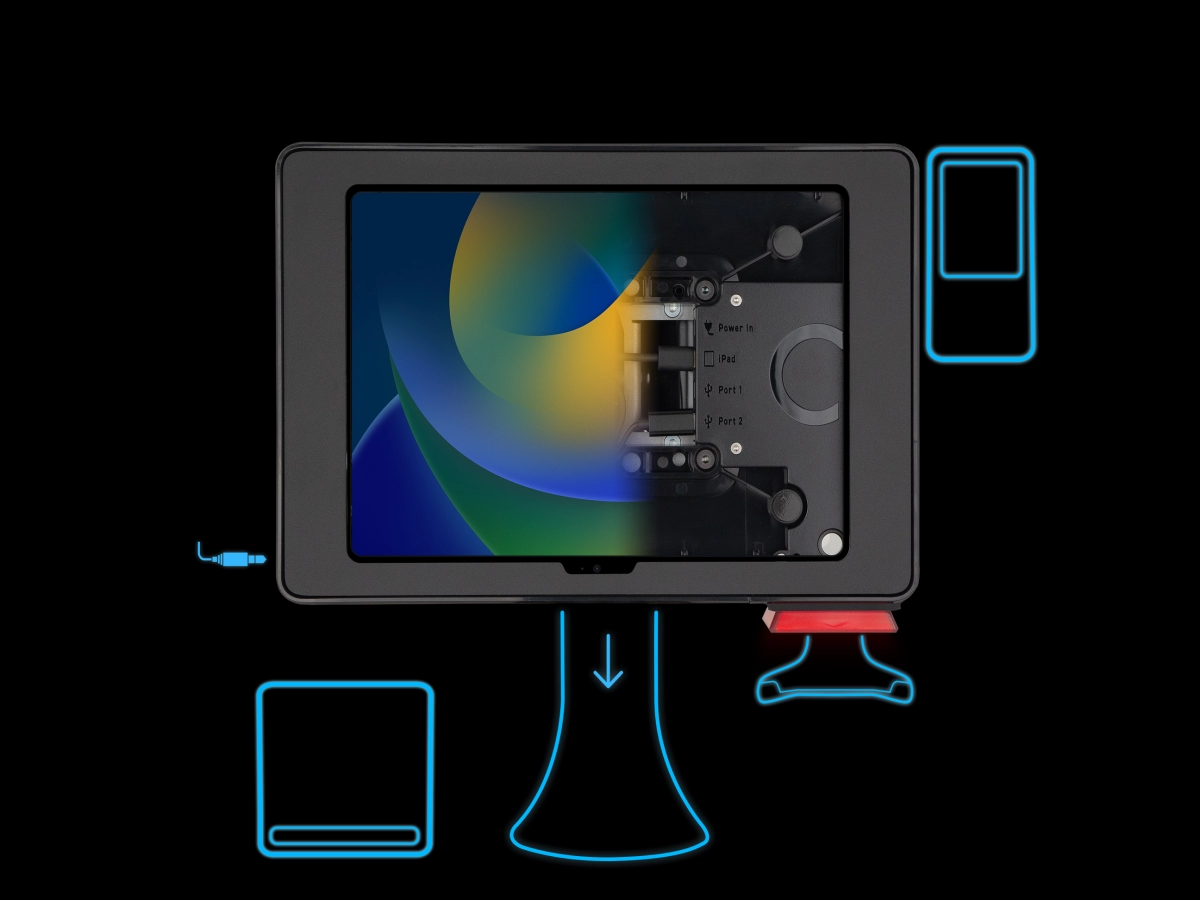Self-Service POS Kiosk Features Benefits and Business Solutions 2025

Are you struggling to choose the best self-service POS kiosk for your business? Finding the right POS kiosk can transform your operations, boost efficiency, and delight your customers.
As a business owner, I know firsthand how critical it is to invest in tools that streamline transactions and enhance the customer experience. That’s why I’ve crafted this guide, packed with practical insights and real-world expertise, to help you navigate the world of self-service POS kiosks in 2025.
In this post, you’ll discover what makes self-service POS kiosks a game-changer, their key benefits, and how to pick the perfect solution for your restaurant, retail store, or hotel. Some tips are proven, others are cutting-edge, but they’re all designed to drive results.
Let’s dive in and unlock the power of self-service POS kiosks for your business!
What Are Self-Service POS Kiosks
Definition of Self-Service POS Kiosks
Self-service POS kiosks are interactive touchscreen devices that allow customers to manage their own transactions without direct staff assistance. These systems empower users to browse menus, select products, customize orders, and complete payments independently, creating a faster and more convenient experience.
Key Components of Self-Service POS Kiosks
A typical self-service POS kiosk relies on a combination of hardware and software working together:
- Touchscreen POS hardware including payment terminals that support card, mobile, and contactless payments
- POS software designed to handle order workflows smoothly, guiding customers through selections and checkout
- POS integration that connects the kiosk to existing inventory and sales systems, keeping data synchronized in real time
These components combine to create a seamless transaction flow tied to a business’s overall POS system compatibility.
Common Use Cases for Self-Service POS Kiosks
Self-service POS kiosks are proving valuable across multiple industries by improving efficiency and customer experience:
- Restaurants use touchscreen POS kiosks to speed up food ordering and reduce long lines during peak hours
- Retail stores deploy kiosks for quick product purchases and easy checkout processes without cashier queues
- Hospitality businesses benefit by letting guests order services, amenities, or food at their convenience
- Healthcare facilities apply kiosks for patient check-ins and payment handling, streamlining administrative tasks
By adapting to these various settings, self-service POS kiosks meet the unique needs of each industry while boosting operational efficiency and enhancing customer experience.
Benefits of Self-Service POS Kiosks for Businesses

Self-service POS kiosks bring a range of advantages that can boost your business operations and improve customer satisfaction. Here’s how:
Increased Efficiency with Faster Checkouts
One of the biggest upsides is speed. Self-service POS kiosks let customers place orders and pay without waiting in line for a staff member. This means faster checkouts and reduced wait times, especially during busy hours. For businesses like restaurants, retail stores, and hospitality venues, this efficiency keeps customers moving and frees up your team to focus on other tasks.
Cost Savings by Automating Transactions
Using self-service kiosks helps lower labor costs since routine transactions no longer require staff assistance. This automation cuts down on the need for a large checkout team and reduces human error during order taking. It’s a smart way to save money without compromising service quality.
Enhanced Customer Experience and Privacy Control
Customers enjoy the convenience and control offered by these touchscreen POS terminals. They can browse menus or product selections at their own pace, customize orders, and choose payment methods privately — all without direct interaction. This builds trust and improves the overall shopping or dining experience.
Real-Time Data and Inventory Tracking with POS Integration
Self-service kiosks connected to your existing POS system offer real-time data tracking. This helps manage inventory more accurately and speeds up order workflows. Businesses get a clearer picture of sales patterns and stock levels instantly, making restocking and forecasting easier. For example, SDLPOS kiosks seamlessly integrate with popular POS software, ensuring smooth data flow and operational consistency.
Case Study SDLPOS Kiosks Reduce Wait Times by 30 Percent
A local restaurant implemented SDLPOS self-service kiosks and saw wait times drop by 30 percent. Customers appreciated the faster, contactless ordering process, while staff were able to focus more on quality and service. This demonstrates how reliable hardware combined with intuitive software can directly impact business outcomes.
By focusing on these benefits, self-service POS kiosks are proving to be a valuable investment across retail, hospitality, and healthcare sectors. They not only streamline daily operations but also elevate the customer journey from start to finish.
How Self-Service POS Kiosks Work with POS Integration and Customization

Step-by-Step Process for Self-Service Transactions
Self-service POS kiosks make it simple for customers to handle their own orders. Here’s how it typically flows:
- Browsing: Customers use the interactive touchscreen to explore menus or product catalogs. This visual setup helps shoppers quickly find what they need.
- Ordering: They select items, customize options (like toppings or sizes in restaurants), and add everything to their cart. This easy order workflow cuts down mistakes and speeds things up.
- Payment: Once the order is ready, the kiosk guides the user through payment using built-in payment terminals. Options usually include credit/debit cards, mobile wallets, and sometimes cash or gift cards.
This seamless process improves the overall customer experience by giving people control, privacy, and convenience.
Integration with Existing POS Systems
A big advantage of self-service POS kiosks like those from SDLPOS is their compatibility with popular POS systems such as Square and Toast. This means:
- Orders placed at the kiosk sync automatically with your main POS system.
- Inventory updates happen in real-time, reducing the risk of overselling.
- Sales data feeds directly into reporting tools for accurate tracking.
- Streamlined workflows between front-end customer actions and back-end operations.
This level of POS integration is essential for smooth operations in busy restaurants, retail, or hospitality businesses.
Customization Options for Branding and Accessibility
Self-service kiosks are not one-size-fits-all. You can tailor many features to fit your brand and customer needs:
- Menu Design: Customize the layout, colors, fonts, and images to match your brand identity.
- Order Workflows: Adjust prompts and steps to simplify ordering or upsell popular items.
- Accessibility Features: Include options like text-to-speech, adjustable font sizes, and multi-language support to accommodate all users.
- Hardware Choices: Select kiosk sizes and payment terminal types that fit your space and customer flow.
These customization options help make your self-service POS kiosk more engaging, easier to use, and aligned with your business goals.
Choosing the Right Self-Service POS Kiosk for Your Business
Picking the best self-service POS kiosk is key to getting the most out of your investment. Here’s what you need to focus on:
Ease of Use for Customers and Staff
A kiosk should be simple and intuitive to use. If customers get stuck or frustrated, you risk losing sales and hurting the customer experience. Look for:
- Clear touchscreen menus that guide users through ordering and payment smoothly.
- Fast-loading software with minimal steps to complete transactions.
- Accessibility features for all users, including options for larger text and easy navigation.
From a staff perspective, choose a system that’s easy to manage and update. The POS software should integrate well with your backend, making inventory and order workflows easy to control.
Space Requirements and Placement
Your business layout plays a big role in choosing the right hardware. Consider:
- How much floor space the kiosk will take without disrupting foot traffic.
- Whether wall-mounted or freestanding kiosks fit your space better.
- Positioning kiosks where customers can comfortably access them without crowding, such as near entrances or order pickup areas.
Budget and Cost Efficiency
Balancing upfront costs with long-term savings is important. Keep in mind:
- Hardware and software prices can vary — more features often mean higher costs.
- Factor in POS integration fees if you’re connecting to existing systems like SDLPOS, Square, or Toast.
- Remember potential labor cost reductions and faster checkouts can help recoup your investment over time.
Customization and Branding Options
Your kiosk should reflect your brand’s look and feel. Good POS kiosks offer:
- Custom menu design to fit your products and services.
- Branding options like logos, colors, and fonts to keep the experience seamless.
- Ability to update menus, prices, and promotions quickly through the POS software.
By focusing on these areas — ease of use, space, budget, and customization — you’ll find a self-service POS kiosk that truly fits your business needs and helps improve your customer experience and operations.
